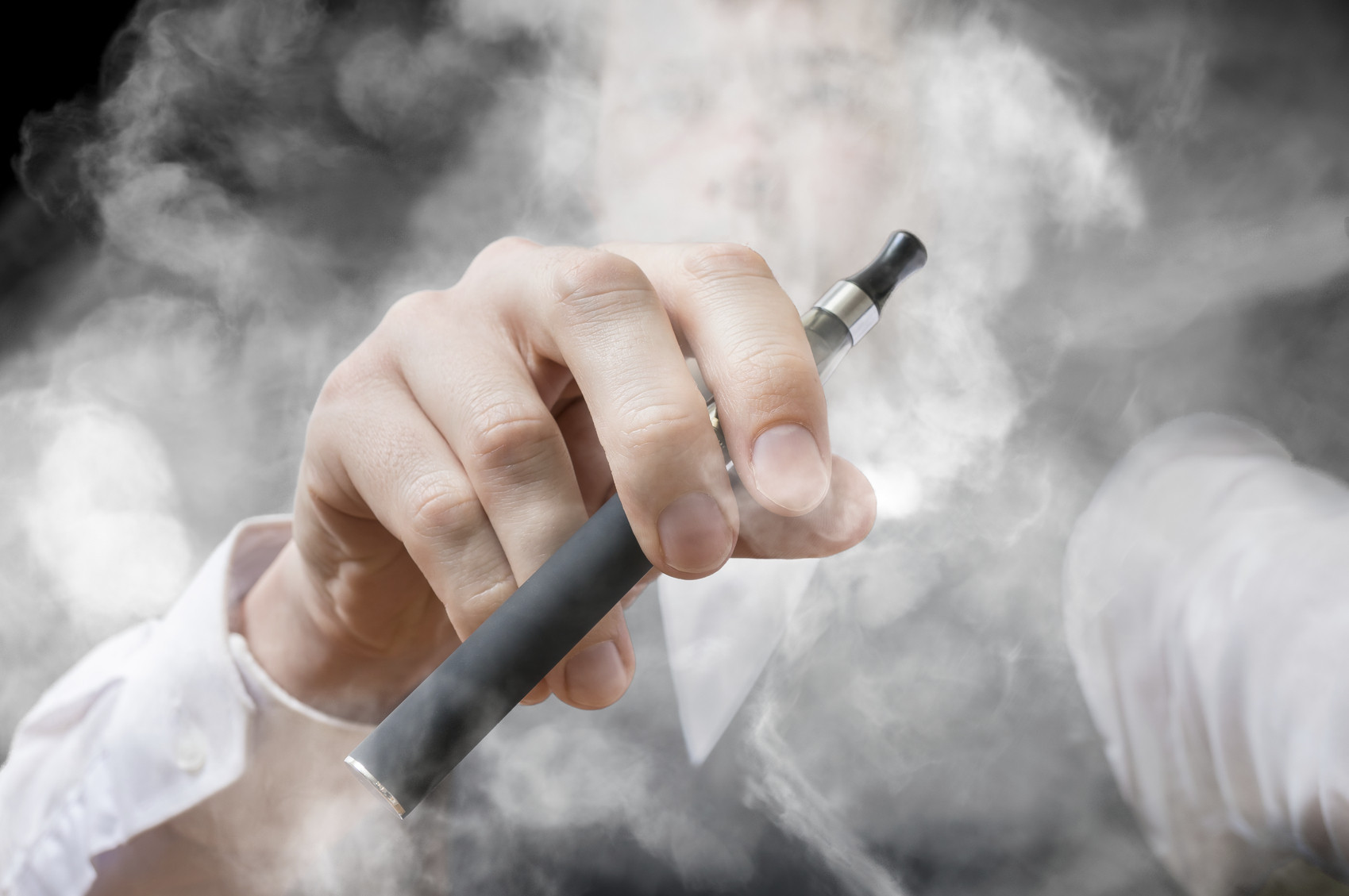WARNING: This product contains nicotine. Nicotine is an addictive chemical.
In the age of health consciousness and calorie counting, it’s no surprise that people are curious about the calorie content of everything they consume—even their vape clouds. Yes, you read that right. Some folks are actually wondering, “Do vapes have calories?” If you’re one of those curious minds, buckle up, because we’re about to dive deep into the caloric conundrum of vaping. Prepare for a light-hearted yet informative journey through the misty world of vape nutrition.
To determine whether vapes have calories, we first need to understand what’s in that little device. Most e-liquids, or vape juices, contain a mixture of propylene glycol (PG), vegetable glycerin (VG), flavorings, and nicotine (optional). PG and VG are the primary components, and they play a crucial role in creating the vapor. While PG is a synthetic liquid, VG is derived from vegetable oils and is often used in food production. But here’s the kicker: both PG and VG are calorie-containing substances. Don’t worry, though; we’ll break it down further.
Propylene glycol (PG) and vegetable glycerin (VG) are indeed caloric. VG, being a type of sugar alcohol, contains about 4.32 calories per gram. PG, on the other hand, has a slightly lower caloric content. However, before you panic and start logging your vape sessions into MyFitnessPal, it’s important to note how these calories work when vaping. Unlike eating or drinking, vaping involves inhaling the substances, which means most of the calories don’t actually make it into your system. But hold on—there’s more to this story.

So, you’re puffing away on your favorite blueberry cheesecake-flavored vape. Are you really ingesting all those calories? The answer is a bit of yes and no. When you vape, the e-liquid is heated and turned into vapor, which you then inhale. The majority of the vapor is exhaled, meaning very little of it stays in your body. Studies suggest that while the vapor contains trace amounts of calories, the amount is so minuscule that it’s practically negligible. In other words, your lungs are not likely to be counting calories.
There’s a lingering myth that vaping can lead to weight gain due to its caloric content. Let’s bust that myth right here. Even though VG and PG have calories, the amount you inhale is far too small to contribute to significant weight gain. In fact, for those switching from traditional smoking to vaping, there might be a slight decrease in calorie intake since traditional cigarettes contain more harmful substances that can affect metabolism. So, if you’re worried about your waistline, vaping is not the culprit you should be pointing fingers at.
Vape juices come in an endless array of flavors, from classic tobacco to exotic fruits and decadent desserts. These flavors are created using food-grade flavorings that are generally calorie-free. However, the perception of sweetness or flavor might make some believe they are consuming more calories than they actually are. The human brain is easily tricked, but rest assured, your bubblegum-flavored cloud isn’t adding inches to your waistline.
Some e-liquids contain sweeteners like sucralose to enhance their taste. While sucralose is calorie-free, it can break down into compounds that are technically caloric. But again, the quantity inhaled is so small that it won’t make a dent in your daily calorie intake. Think of it this way: you’d have to vape non-stop for hours just to match the calories in a single breath mint. So, while sweeteners might make your vape taste like a dessert, they won’t turn it into a dietary disaster.

Let’s put things into perspective. A single can of soda can pack a whopping 150 calories, and that’s just in one sitting. In comparison, vaping is like a whisper in the wind when it comes to calories. The minuscule amount of calories in vape clouds is nothing compared to what you’d find in sugary drinks, snacks, or even a cup of coffee with cream. If you’re swapping sugary sodas for a vape, you might actually be cutting down on your caloric intake—though we’re not saying vaping is a healthy alternative.
When we think of other calorie-rich habits like snacking on chips or indulging in desserts, vaping seems like a non-issue. The act of vaping might give your mouth something to do and potentially reduce the urge to snack, which could be a hidden benefit for those watching their calorie intake. However, it’s essential to remember that vaping should not be viewed as a dietary tool but rather as an alternative to smoking. While it may have some indirect effects on your eating habits, its primary purpose is to provide a safer way to enjoy nicotine.
Wondering if vapes have calories? Well, you’re in the right place. This guide explores the caloric mysteries of vaping with a humorous twist. Vapes contain ingredients like propylene glycol (PG) and vegetable glycerin (VG), which do have calories, but don’t worry too much. When you inhale, most calories are exhaled, making your intake negligible. Myths about vaping causing weight gain are debunked here, as the minuscule calories won’t impact your diet. While flavors and sweeteners in e-liquids add taste, they don’t add significant calories. Compared to high-calorie drinks and snacks, vaping is a non-issue. So, puff away, knowing your vape clouds won’t count as carbs, and enjoy vaping responsibly.
1. Do vapes have calories?
Yes, vapes do contain calories. The primary ingredients in e-liquids—propylene glycol (PG) and vegetable glycerin (VG)—both have caloric content. VG has about 4.32 calories per gram, and PG has slightly fewer. However, the actual amount of calories you absorb through vaping is negligible because most of the vapor is exhaled rather than ingested.
2. How many calories are in a puff of vape?
Each milliliter of vape juice contains approximately 5 calories, and with about 100 puffs per milliliter, this equates to roughly 0.05 calories per puff. This amount is extremely small and unlikely to have any significant impact on your daily caloric intake.
3. Can vaping make you gain weight?
Vaping is not likely to cause weight gain due to its negligible caloric content. While the ingredients in vape juice do contain calories, the amount absorbed by the body is minimal. Moreover, nicotine, commonly found in many e-liquids, can act as an appetite suppressant and may even increase metabolic rate slightly, potentially leading to a modest weight loss rather than gain.
4. Does vaping break a fast?
For most types of fasting that allow minimal calorie intake, vaping is unlikely to break your fast because the calories involved are so tiny. However, for strict zero-calorie fasts, such as certain religious fasts, it might be best to avoid vaping altogether to adhere strictly to the fasting rules.
5. Do flavored vape juices contain more calories?
Flavored vape juices do not necessarily contain more calories. The flavorings used in e-liquids are typically calorie-free. However, some vape juices may contain added sugars, which could increase their caloric content. It is advisable to choose e-liquids with artificial sweeteners if you are concerned about calorie intake.
If you want to know more, please refer to this article:
